Elite Hair Centers
We know that choosing a hair restoration provider is an important decision. At Elite Hair Centers, our unique dermatology and plastic surgery team is dedicated to delivering exceptional results with expertise and passion. This is what sets us apart from the competition.
Male Pattern Hair Loss
Male pattern hair loss, also known as male pattern baldness or androgenetic alopecia (AGA), is the leading cause of hair loss, affecting nearly 50% of men moderately by age 50. Although not physically harmful, the psychological and social impacts can be significant, prompting many men to seek treatment. Fortunately, various treatment options, including surgical hair restoration, are available.
AGA in men is an androgen hormone-driven process in those with a genetic predisposition. The exact genetic factors are unclear, but multiple genes are likely involved. Studies show that individuals are more likely to experience AGA if their father has the condition, and twin studies also demonstrate the importance of genetics.
Androgen hormones play a crucial role and are influential in several ways. AGA develops after puberty when androgen hormone production increases. Dihydrotestosterone (DHT) is the key androgen involved, binding strongly to androgen receptors. It is converted from testosterone by the 5-alpha-reductase enzyme, which has two forms: type I and type II. Type II, mainly found in scalp hair follicles, is primarily involved in AGA, though type I also plays a role. Men with AGA typically have higher levels of 5-alpha-reductase, androgen receptors, DHT production, and often higher levels of unbound testosterone in the hair follicles of the balding scalp.
DHT binds to androgen receptors on hair follicles, causing genetic transformations. Under DHT’s influence, the dermal papilla shrinks, shortening the anagen (growth) phase of the hair follicle. This process, called follicular miniaturization, leads to the gradual transformation of large, terminal hairs into small, thin hairs.
AGA is chronic and progressive, beginning with post-pubertal hair thinning and onset occurring between ages 12 and 45. It features periodic episodes of increased shedding (telogen loss) followed by periods of quiescence. Initially noticed along the frontotemporal angle and vertex scalp, it can eventually encompass the entire mid-scalp. As hairs progressively miniaturize, hair density in affected areas decreases, possibly allowing the scalp to be visible through the hair. The normal anagen-to-telogen ratio shifts from 10-12:1 to 5:1, and the terminal-to-vellus ratio changes from 7:1 to 1:1, eventually reversing (1:2 or less). These ratios can be determined through a scalp biopsy, but clinical evaluation typically suffices. The Norwood-Hamilton scale is used to grade hair loss. AGA results in non-scarring hair loss with preservation of follicular ostia; however, over time, follicles become so miniaturized that they cannot be recovered, making surgical intervention the only option.
Treatment for AGA in men often involves a combination of medical, procedural, and possibly surgical therapies, which are covered in detail in another section.
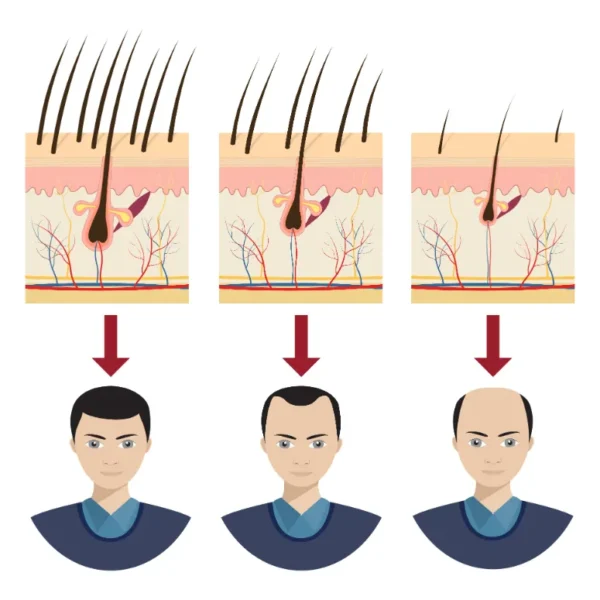

Miniaturized hairs
PHOTOS
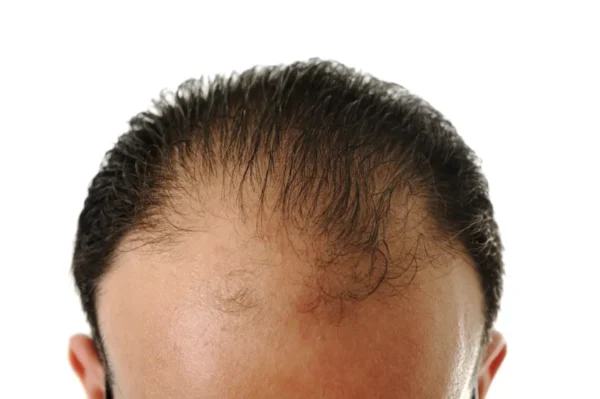
Frontal balding
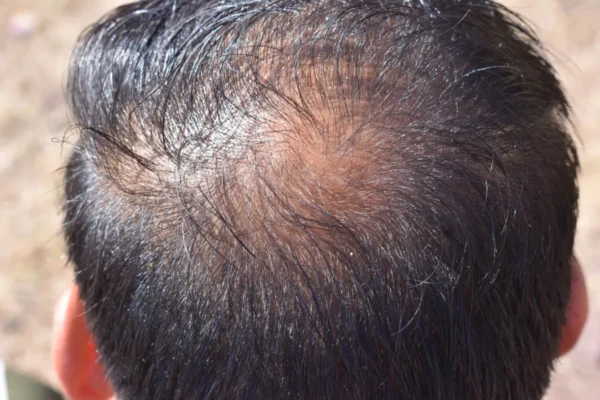
Vertex/crown balding
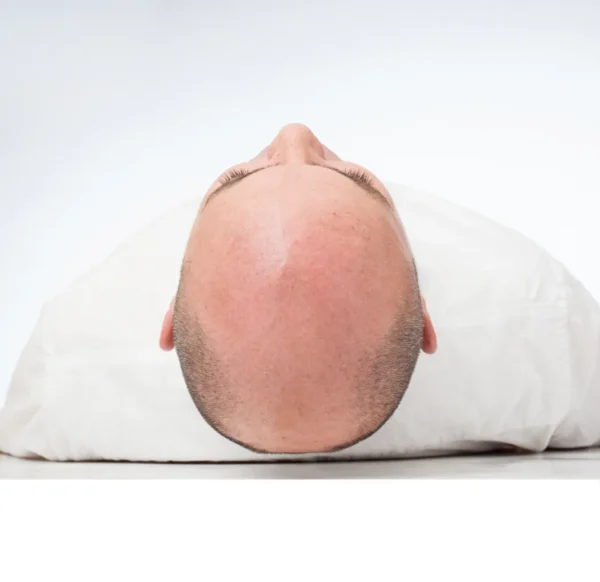
Advanced hair loss
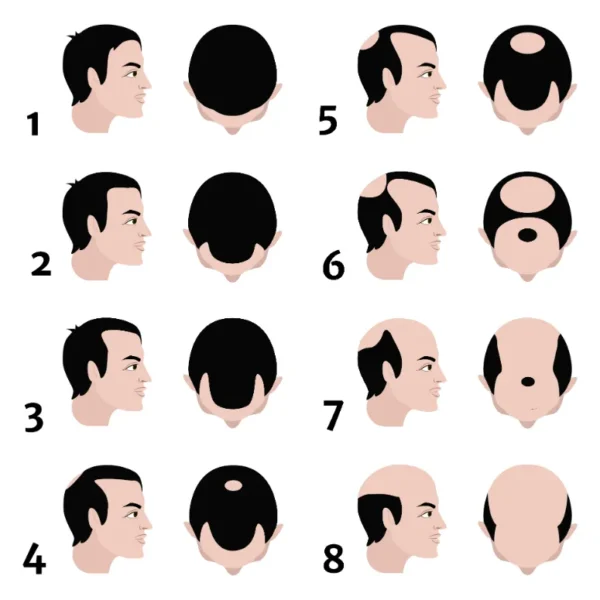
Norwood-Hamilton scale
TESTIMONIALS
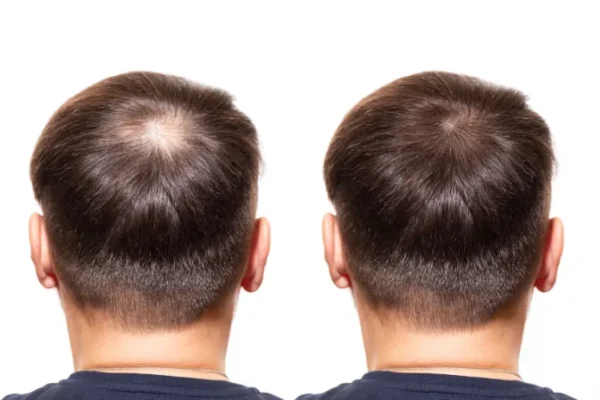
Before & After Gallery
*Individual results may vary.

